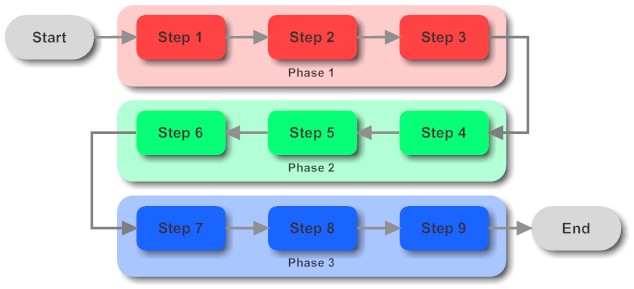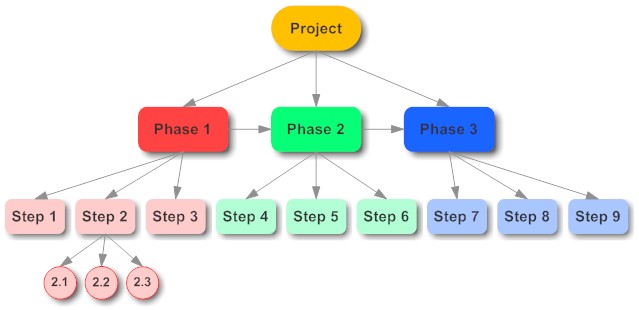Newspeak - if there is no word for something, does it still exist?
George Orwell's famous novel 1984 introduces the concept of NewSpeak, a language where certain thoughts and the communication of them are impossible since the vocabulary has been removed from the language. In IT and collaboration we do have an " inverted newspeak" problem. The (technical) language of collaboration are the protocols and data formats. The very moment your application does understand a data format and a protocol communication becomes possible. There is a very long list of protocols in use. Besides the open standards like HTTP, SMTP or IPv6 there are plenty of propriety ones like NRPC, MAPI or LU6.2.
I'm quite surprised how little corporate IT pays attention to protocols. I hear sentences like: " eMail is POP3, what else would you need?" (and then act surprised why messages on a mobile device and a desktop client aren't in sync) - IMAP4 would be the bare minimum there, only that mobile devices probably use ActiveSync and SyncML. Calendaring works using iCalendar, chat XMPP (which is now fully supported by all but one vendor) and telephony SIP. Interactive web applications want to use ws:// protocol and all mobile devices use IPv6. Each format and protocol comes with its own set of challenges (just look how well calendar clients and servers interoperate). With the push towards web2.0 that challenges seemed to have stopped, only to resurface in the different pace of HTML5 implementation (if IE is your standard and you are still on XP - too bad).
So I claim: Show me your protocols and I'll tell you if you missed the boat
I'm quite surprised how little corporate IT pays attention to protocols. I hear sentences like: " eMail is POP3, what else would you need?" (and then act surprised why messages on a mobile device and a desktop client aren't in sync) - IMAP4 would be the bare minimum there, only that mobile devices probably use ActiveSync and SyncML. Calendaring works using iCalendar, chat XMPP (which is now fully supported by all but one vendor) and telephony SIP. Interactive web applications want to use ws:// protocol and all mobile devices use IPv6. Each format and protocol comes with its own set of challenges (just look how well calendar clients and servers interoperate). With the push towards web2.0 that challenges seemed to have stopped, only to resurface in the different pace of HTML5 implementation (if IE is your standard and you are still on XP - too bad).
So I claim: Show me your protocols and I'll tell you if you missed the boat
Posted by Stephan H Wissel on 13 February 2012 | Comments (0) | categories: Technology

